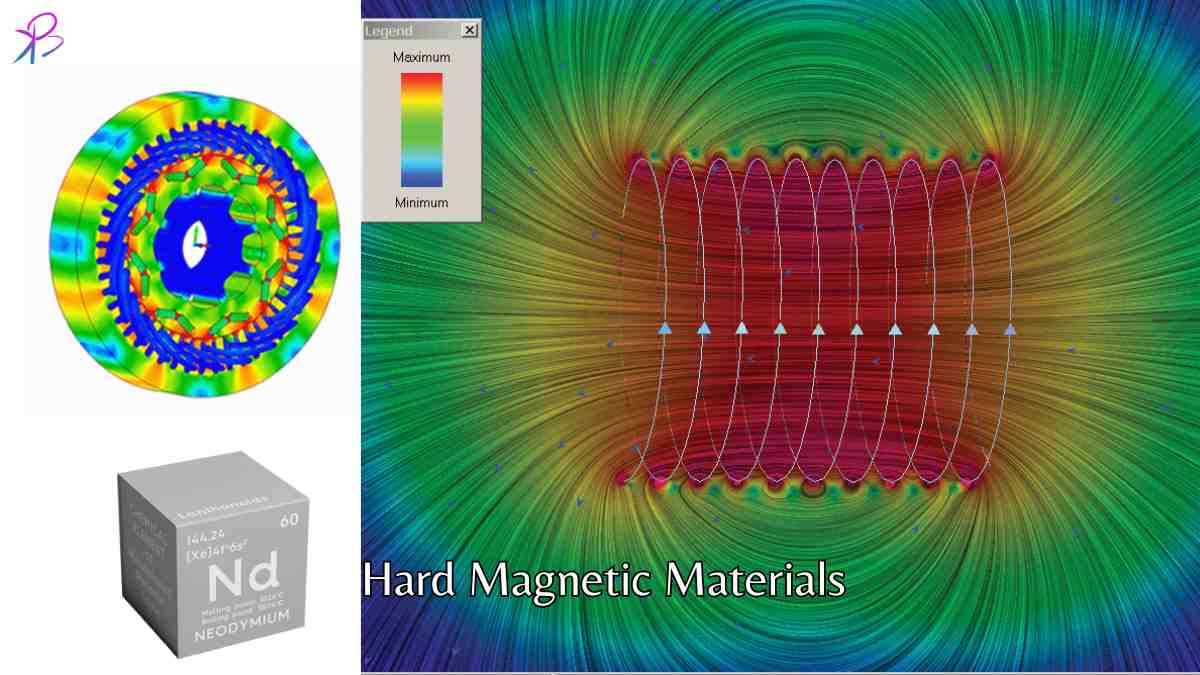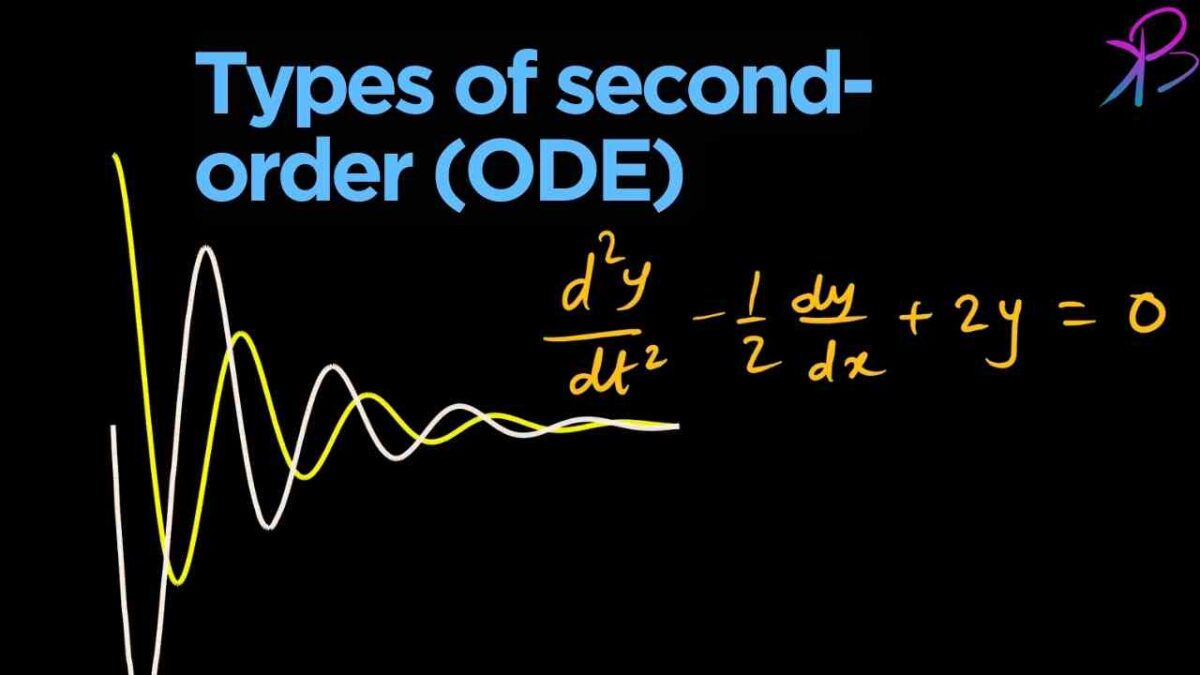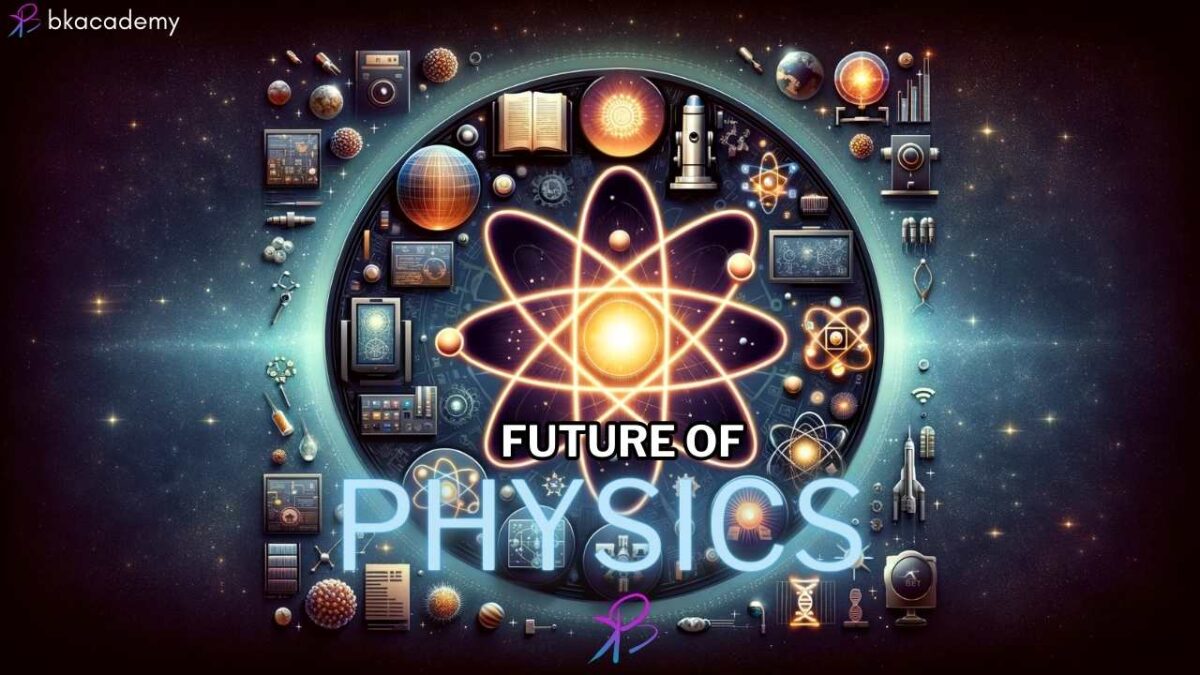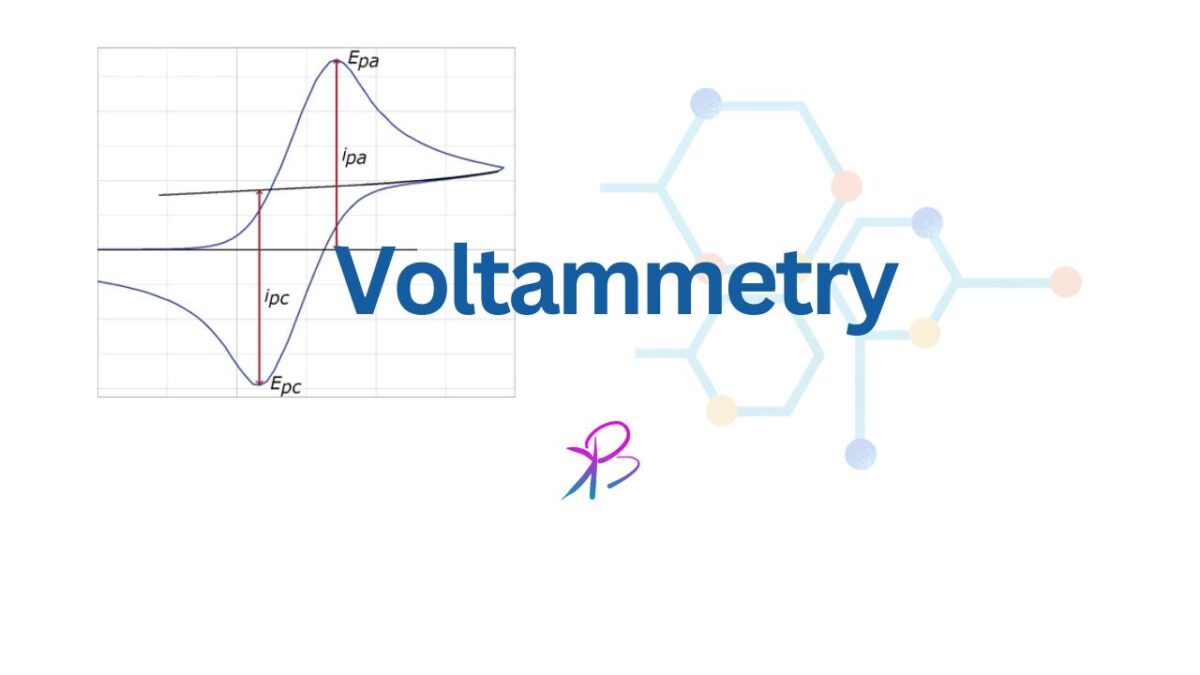Hard Magnetic Materials – Welcome to the intriguing world of hard magnetic materials and the sophisticated tools we use to understand them, specifically through numerical simulation. Today, we’re going to take a comprehensive look at what makes these materials tick and how simulations propel innovations in various industries. Understanding Hard Magnetic Materials Hard magnetic materials, […]




